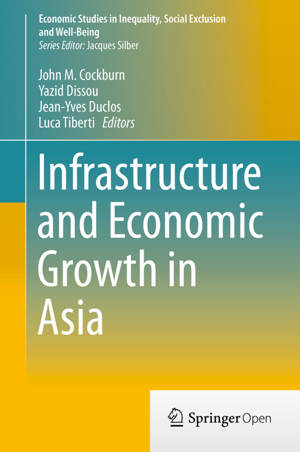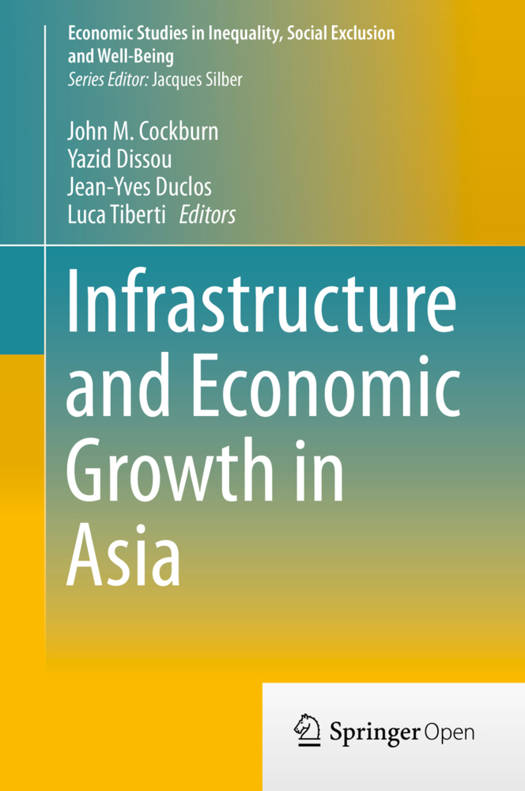
- Afhalen na 1 uur in een winkel met voorraad
- Gratis thuislevering in België vanaf € 30
- Ruim aanbod met 7 miljoen producten
- Afhalen na 1 uur in een winkel met voorraad
- Gratis thuislevering in België vanaf € 30
- Ruim aanbod met 7 miljoen producten
Zoeken
Infrastructure and Economic Growth in Asia
€ 52,95
+ 105 punten
Omschrijving
Public spending on infrastructure plays an important role in promoting economic growth and poverty alleviation. Empirical studies unequivocally show that under-investment in infrastructure limit economic growth. At the same time, numerous other studies have shown that investment in infrastructure can be a highly effective tool in fighting poverty reduction1. In that context, the financing of infrastructure has been a critical element of most economic growth and poverty reduction strategies in developing countries, since the start of this millennium. This book provides a comparative analysis of the aggregate and sectoral implications of higher spending on infrastructure in three very different Asian countries: China, Pakistan, and the Philippines. Particular attention is paid to the role of alternative financing mechanisms for increasing public infrastructure investment, namely distortionary and non-distortionary means of financing. The book will be of interest to scholars and policy-makers concerned with economic growth in developing countries.
Specificaties
Betrokkenen
- Uitgeverij:
Inhoud
- Aantal bladzijden:
- 148
- Taal:
- Engels
- Reeks:
Eigenschappen
- Productcode (EAN):
- 9783319031361
- Verschijningsdatum:
- 18/12/2013
- Uitvoering:
- Hardcover
- Formaat:
- Genaaid
- Afmetingen:
- 157 mm x 234 mm
- Gewicht:
- 362 g

Alleen bij Standaard Boekhandel
+ 105 punten op je klantenkaart van Standaard Boekhandel
Beoordelingen
We publiceren alleen reviews die voldoen aan de voorwaarden voor reviews. Bekijk onze voorwaarden voor reviews.










